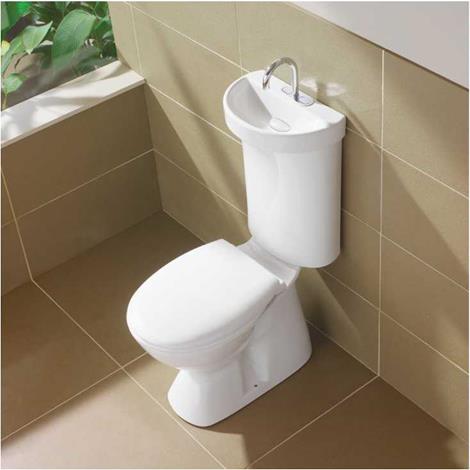Good indoor air quality makes a space pleasant to be in—and healthy for the user. Part of the design process is to ensure that the space is pollution free.
Providing good indoor air quality is a three-step process:
1.
 |
 |
Source Control—minimizing or preventing the sources of indoor air pollution in a room or building
2. Ventilation—providing adequate air exchange, through natural or mechanical ventilation, to dilute the concentration of indoor air pollutants and ensure that the space has a supply of fresh air
3. Air Cleaning—when necessary, using filters or other devices to remove potentially harmful indoor air pollutants
Source Control
In the bathroom, there are a number of sources of potential air pollution. Excess moisture is at the top of the list. Too much moisture can create a sticky space for the bathroom user and can also lead to structural damage. A high level of moisture in an enclosed space like a bathroom creates and/or fosters the growth of biological pollutants such as molds, viruses, and bacteria.
Many grooming products used in bathrooms have the potential to be air pollutants, particularly those that are in aerosol form. Perfumed products may be pleasant to one person and annoying to another. As the designer, you do not control the use of grooming products. However, you can provide effective and easy-to-use ventilation to remove potential pollutants. Refer to chapter 7, "Mechanical Planning," for more information on planning bathroom ventilation.



